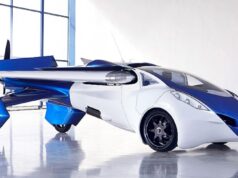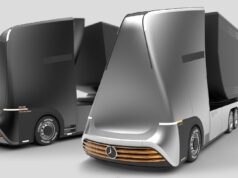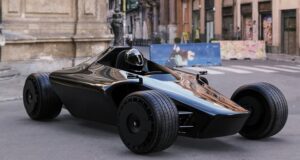The term countersteering refers to the principle (governed by the laws of physics!) that to turn a moving motorcycle in a given direction, the rider must turn the handlebar in the opposite direction of the turn.The scientific literature does not provide a clear and comprehensive definition of countersteering.
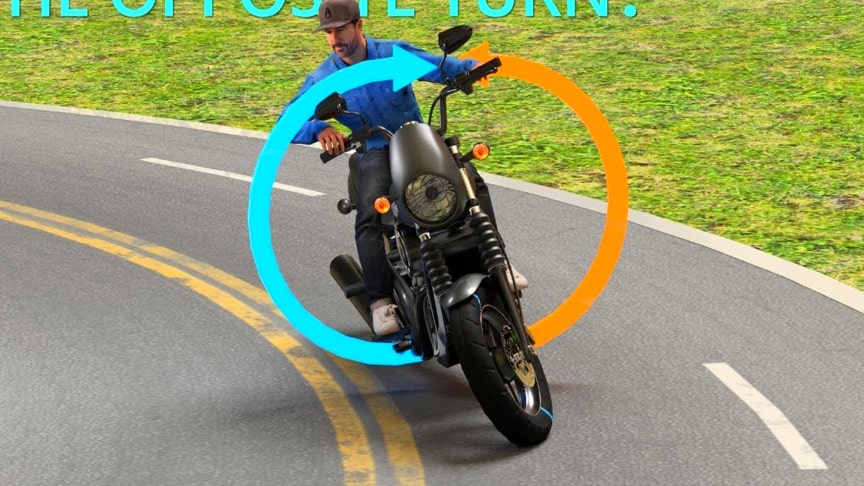
source-image: Lesics
In fact, “a proper distinction between steer torque and steer angle is not always made.The primary application of the countersteering principle is this: to initiate a turn on your motorcycle, push forward on the handlebar on the side corresponding to the direction you want to turn.
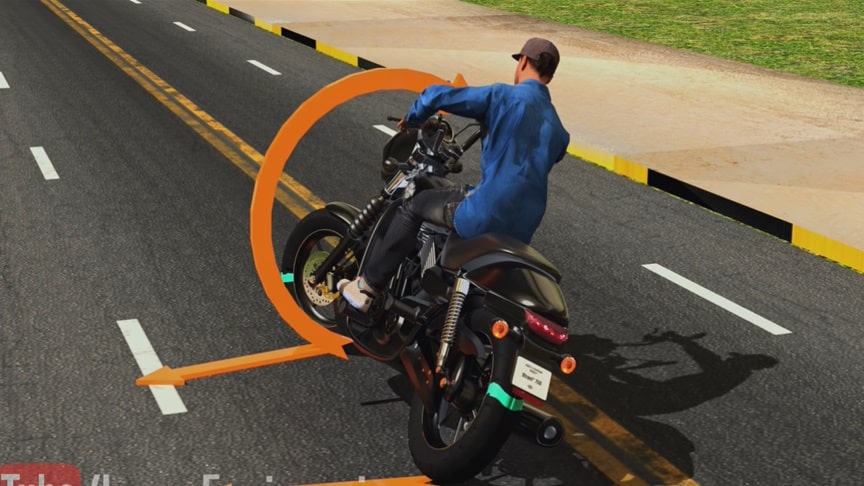
source-image: Lesics
In other words, turn the handlebar in the opposite direction of your turn. Now forget that you just read that! It can be confusing to think of it that way. Instead, concentrate on the ‘push forward’ part.
Advertisement
When countersteering to turn right, the following is performed:A torque on the handlebars to the left is applied.The front wheel will then rotate about the steering axis to the left and the tire will generate forces in the contact patch to the left.The machine as a whole steers to the left.
Because the forces in the contact patch are at ground level, this pulls the wheels “out from under” the bike to the left and causes it to lean to the right.The rider, or in most cases the inherent stability of the bike, provides the steering torque necessary to rotate the front wheel back to the right and in the direction of the desired turn.The bike begins a turn to the right.While this appears to be a complex sequence of motions, it is performed by every child who rides a bicycle. The entire sequence goes largely unnoticed by most riders, which is why some assert that they do not do it.

